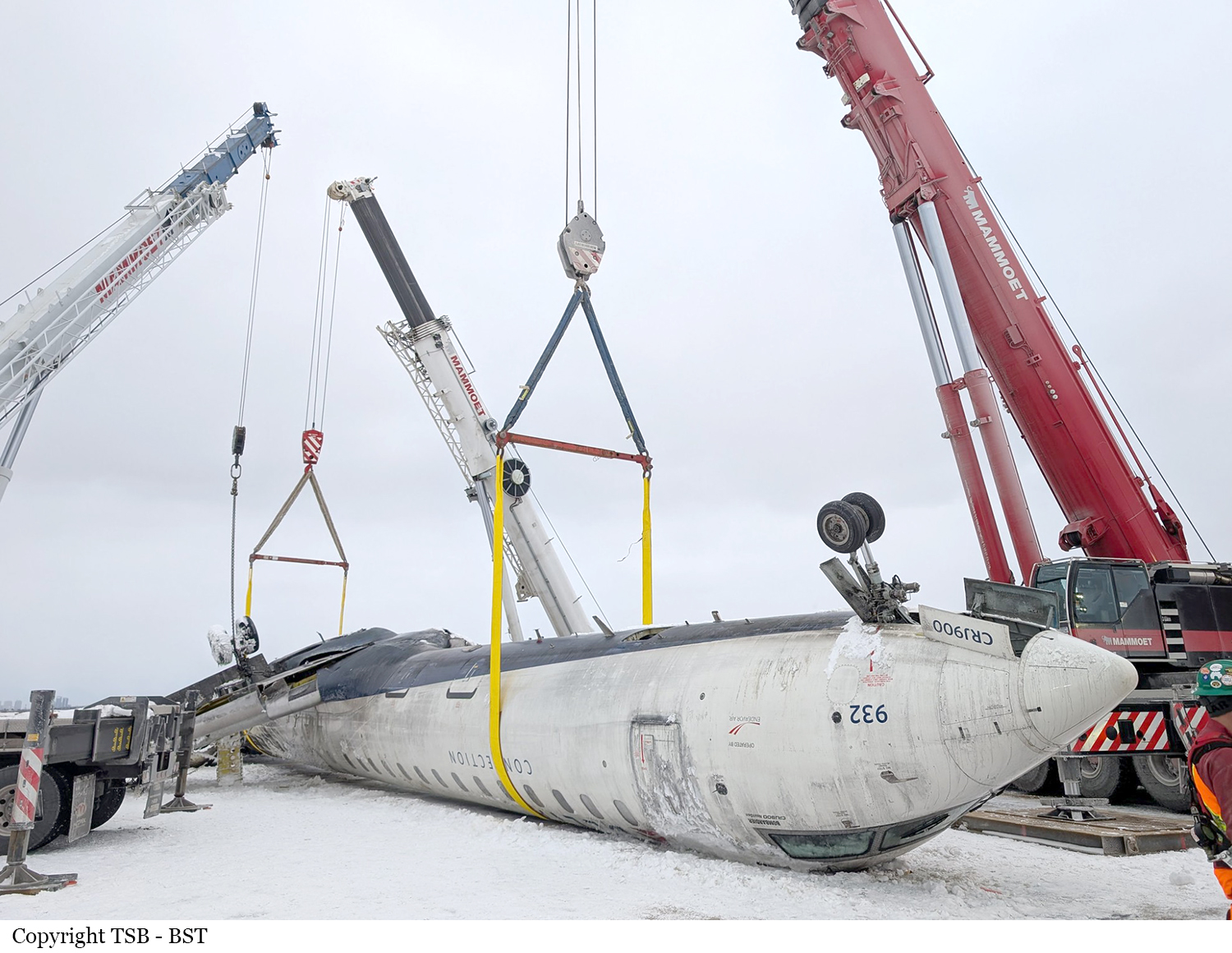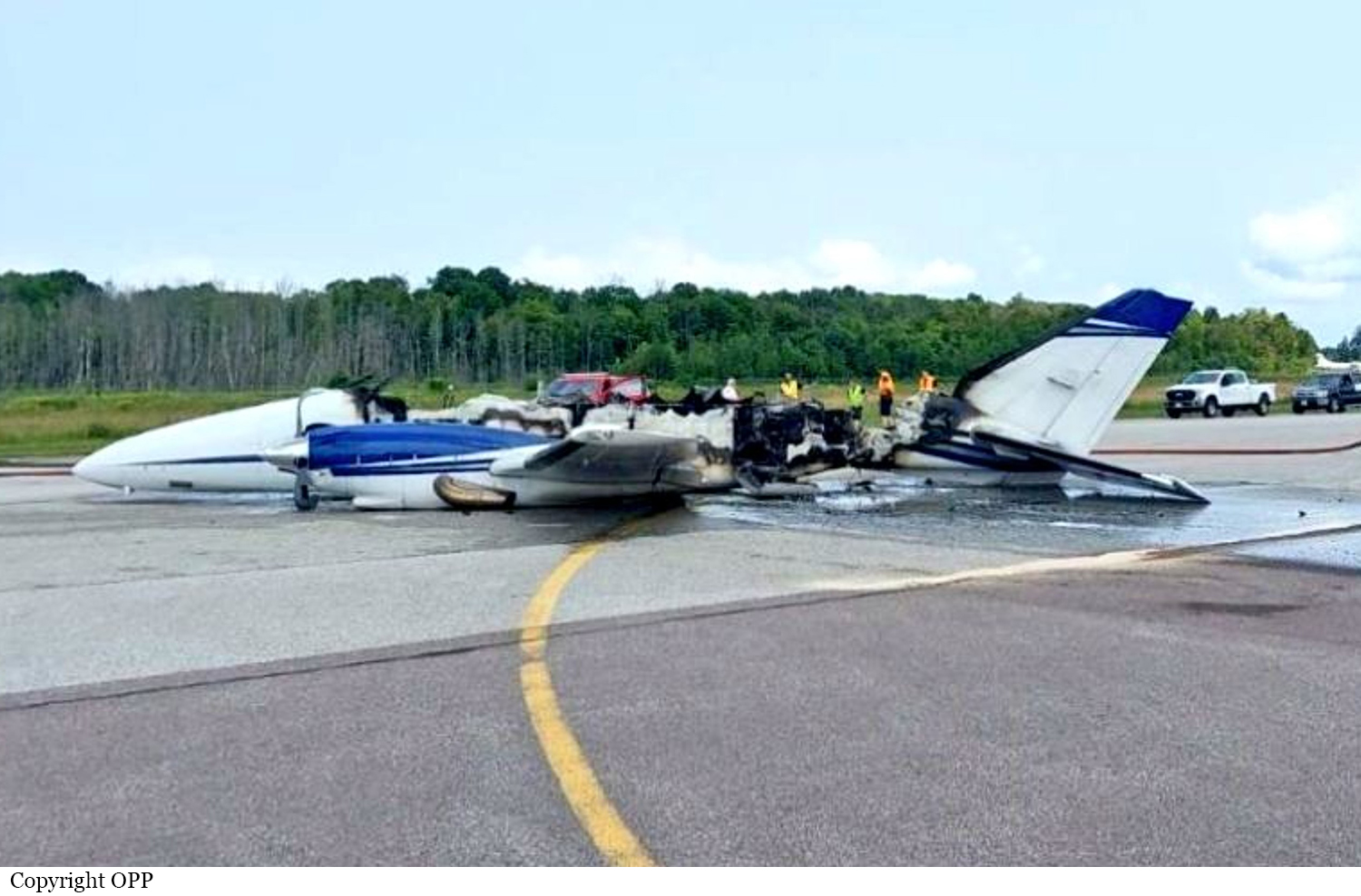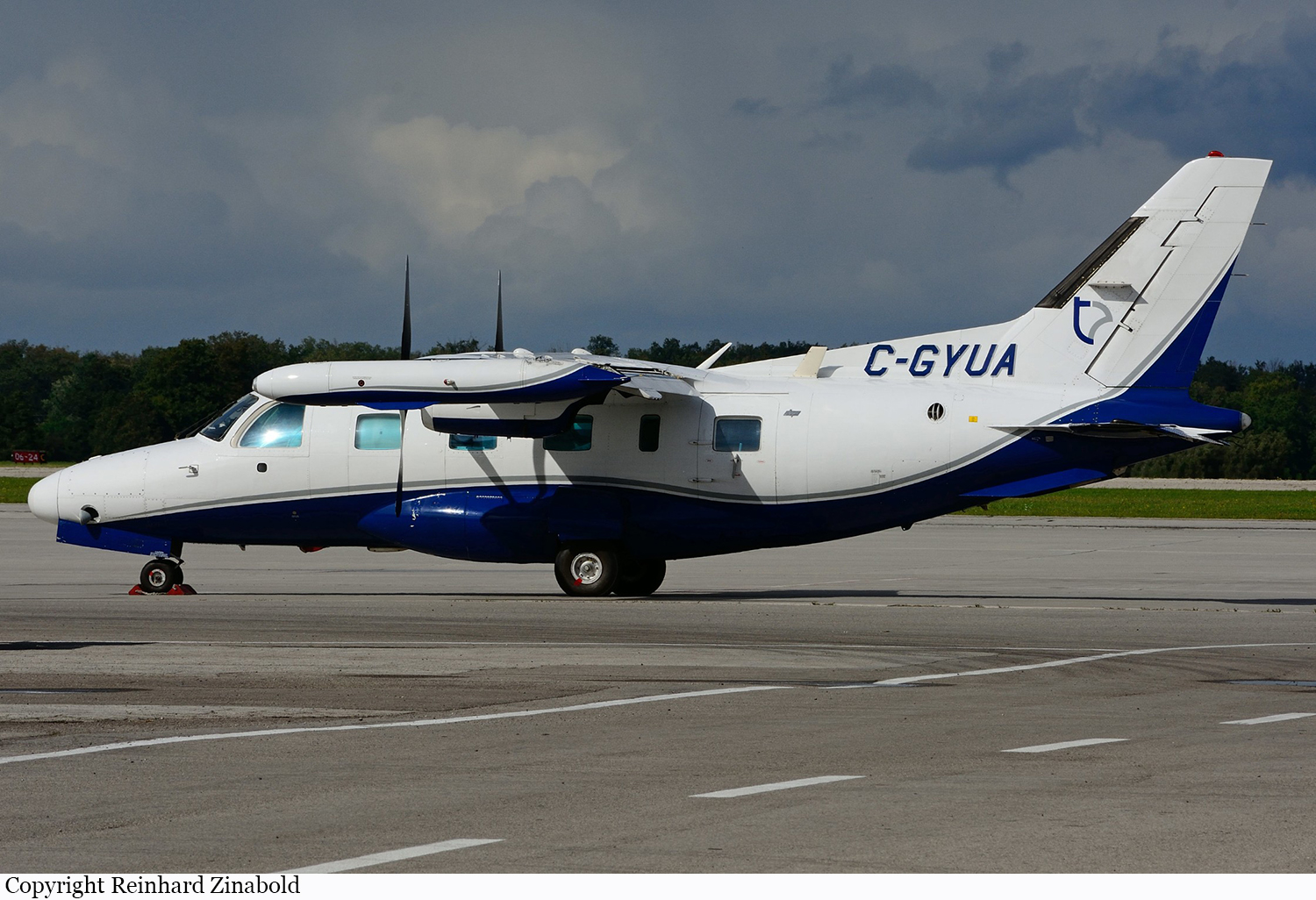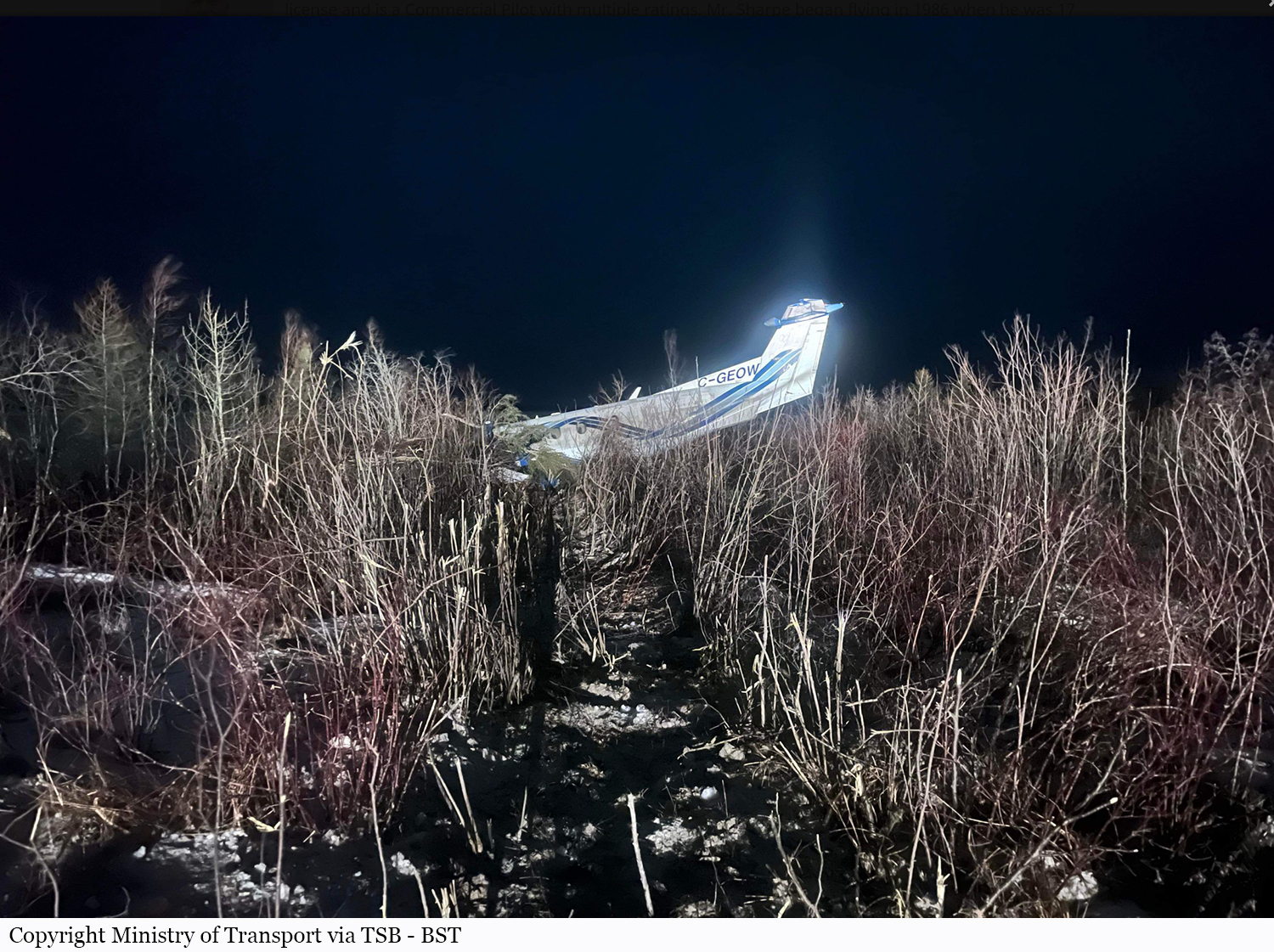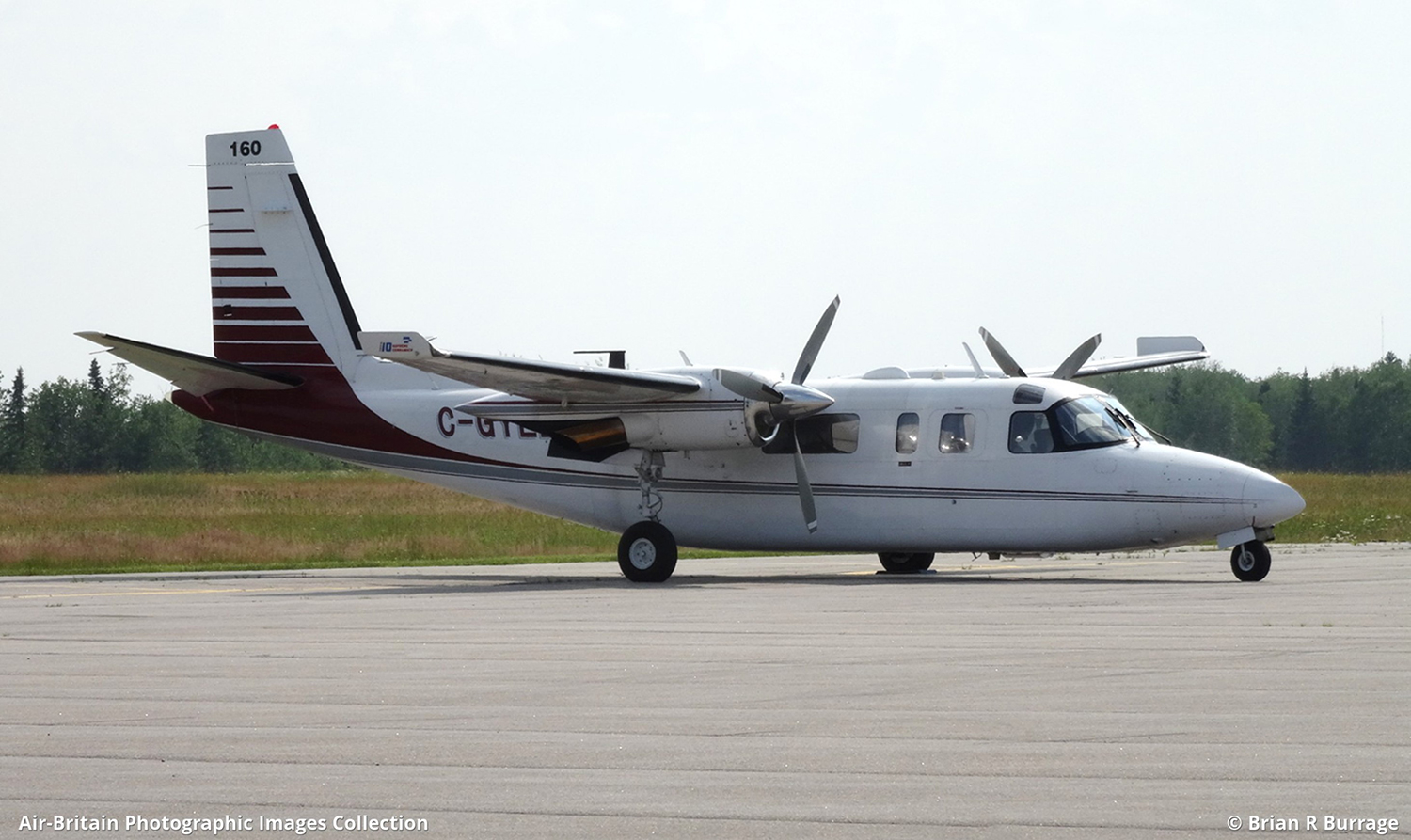Crash of a Canadair RegionalJet CRJ-900LR in Toronto
Date & Time:
Feb 17, 2025 at 1412 LT
Registration:
N932XJ
Survivors:
Yes
Schedule:
Minneapolis – Toronto
MSN:
15194
YOM:
2008
Flight number:
DL4819
Crew on board:
4
Crew fatalities:
Pax on board:
76
Pax fatalities:
Other fatalities:
Total fatalities:
0
Circumstances:
The airplane departed Minneapolis-Saint Paul Airport Runway 30R at 1147LT on a schedule service (flight DL4819) to Toronto, carrying 76 passengers and a crew of four. After departure, the airplane continued to the southeast and reached this assigned altitude of 29,000 feet before starting the descent to Toronto. The approach was performed in marginal weather conditions with wind from 270 at 28 knots, gusting 35 knots, a 6 miles surface visibility and blowing snow. Upon touchdown, the airplane went out of control, lost its empennage, both wings and both main landing gear before coming to rest upside down. All 80 occupants were rescued, among them 8 were injured, 3 seriously. First CRJ-900 destroyed in an accident.








